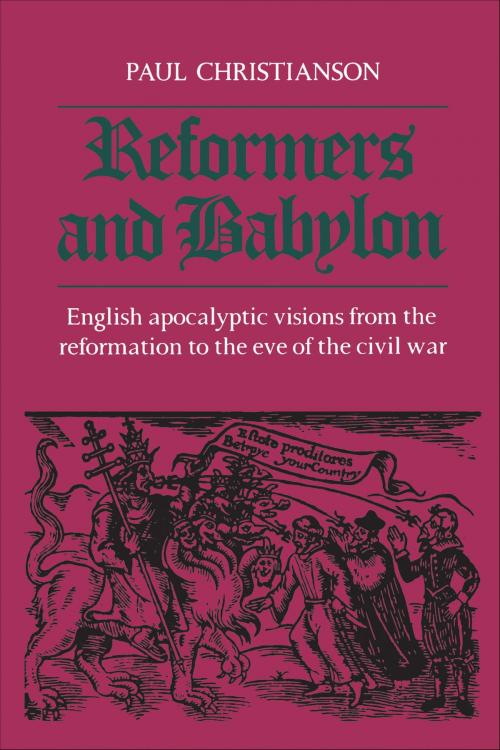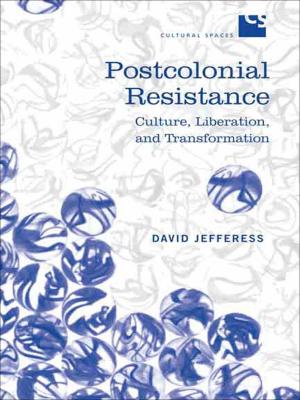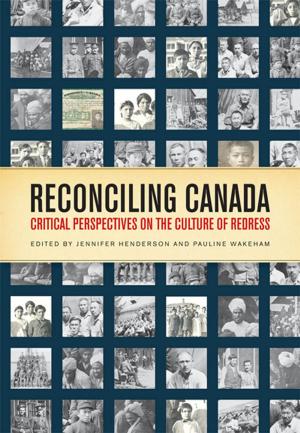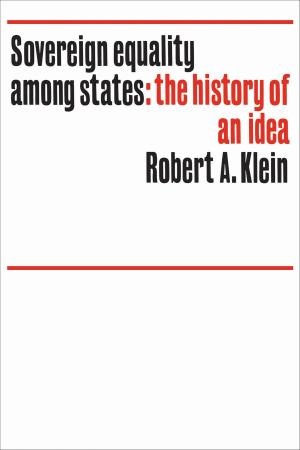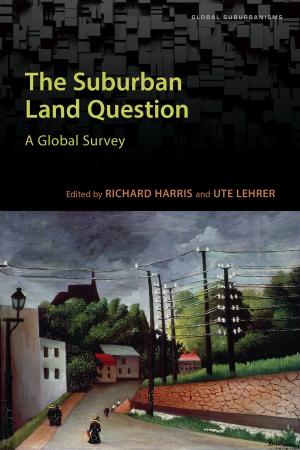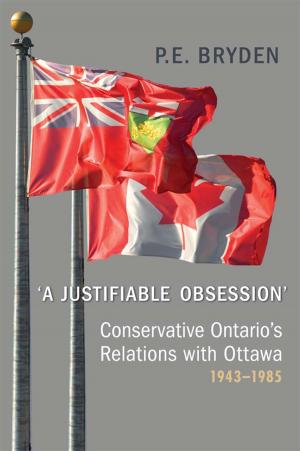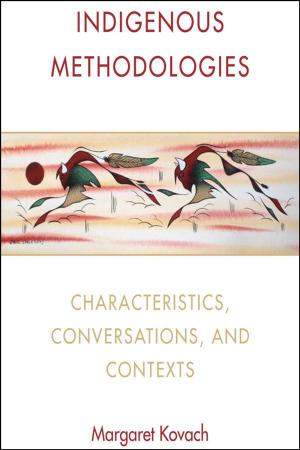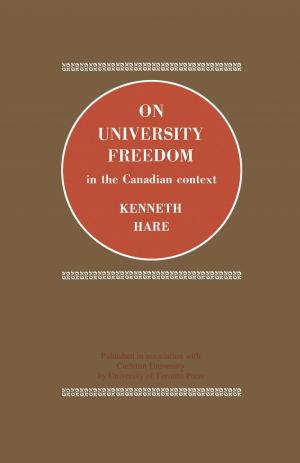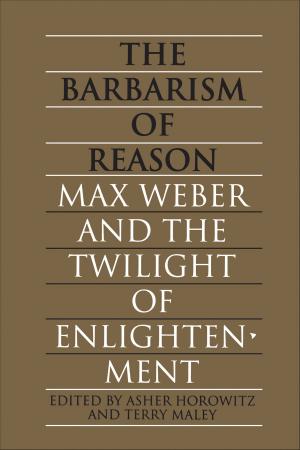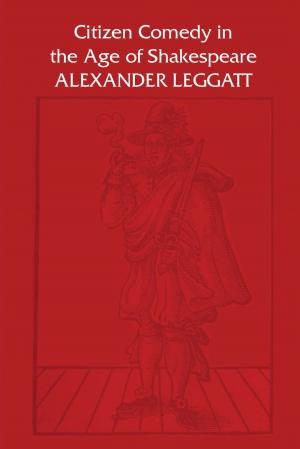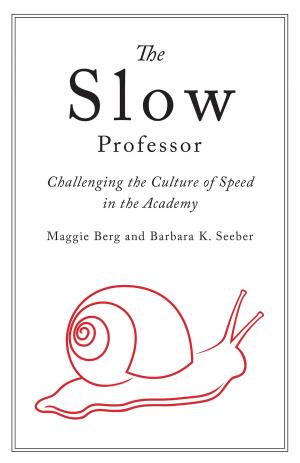Reformers and Babylon
English Apocalyptic Visions from the Reformation to the Eve of the Civil War
Nonfiction, Religion & Spirituality, Christianity, Church, Church & State, Reference, History, Church History| Author: | Paul Kenneth Christianson | ISBN: | 9781442654693 |
| Publisher: | University of Toronto Press, Scholarly Publishing Division | Publication: | December 15, 1978 |
| Imprint: | Language: | English |
| Author: | Paul Kenneth Christianson |
| ISBN: | 9781442654693 |
| Publisher: | University of Toronto Press, Scholarly Publishing Division |
| Publication: | December 15, 1978 |
| Imprint: | |
| Language: | English |
Starting in the 1530s with John Bale, English reformers found in the apocalyptic mysteries of the Book of Revelation a framework for reinterpreting the history of Christianity and explaining the break from the Roman Catholic Church. Identifying the papacy with antichrist and the Roman Catholic Church with Babylon, they pictured the reformation as a departure from the false church that derived its jurisdiction from the devil. Those who took the initiative in throwing off the Roman yoke acted as instruments of God in the cosmic warfare against the power of evil that raged in the latter days of the world. The reformation ushered in the beginning of the end as prophesied by St. John.
Reformers and Babylon examines the English apocalyptic tradition as developed in the works of religious thinkers both within and without the Established Church and distinguishes the various streams into which the tradition split. By the middle of Elizabeth's reign the mainstream apocalyptic interpretation was widely accepted within the Church of England. Under Charles I, however, it also provided a vocabulary of attack for critics of the Established Church. Using the same weapons that their ancestors had used to justify the reformation in the first place, reformers like John Bastwick, Henry Burton, William Prynne, and John Lilburne attacked the Church of England's growing sympathies with Romish ways and eventually prepared parliamentarians to take up arms against the royalist forces whom they saw as the forces of antichrist.
Scholars of sixteenth- and seventeenth-century intellectual history will welcome this closely reasoned study of the background of religious dissent which underlay the politics of the time.
Starting in the 1530s with John Bale, English reformers found in the apocalyptic mysteries of the Book of Revelation a framework for reinterpreting the history of Christianity and explaining the break from the Roman Catholic Church. Identifying the papacy with antichrist and the Roman Catholic Church with Babylon, they pictured the reformation as a departure from the false church that derived its jurisdiction from the devil. Those who took the initiative in throwing off the Roman yoke acted as instruments of God in the cosmic warfare against the power of evil that raged in the latter days of the world. The reformation ushered in the beginning of the end as prophesied by St. John.
Reformers and Babylon examines the English apocalyptic tradition as developed in the works of religious thinkers both within and without the Established Church and distinguishes the various streams into which the tradition split. By the middle of Elizabeth's reign the mainstream apocalyptic interpretation was widely accepted within the Church of England. Under Charles I, however, it also provided a vocabulary of attack for critics of the Established Church. Using the same weapons that their ancestors had used to justify the reformation in the first place, reformers like John Bastwick, Henry Burton, William Prynne, and John Lilburne attacked the Church of England's growing sympathies with Romish ways and eventually prepared parliamentarians to take up arms against the royalist forces whom they saw as the forces of antichrist.
Scholars of sixteenth- and seventeenth-century intellectual history will welcome this closely reasoned study of the background of religious dissent which underlay the politics of the time.
